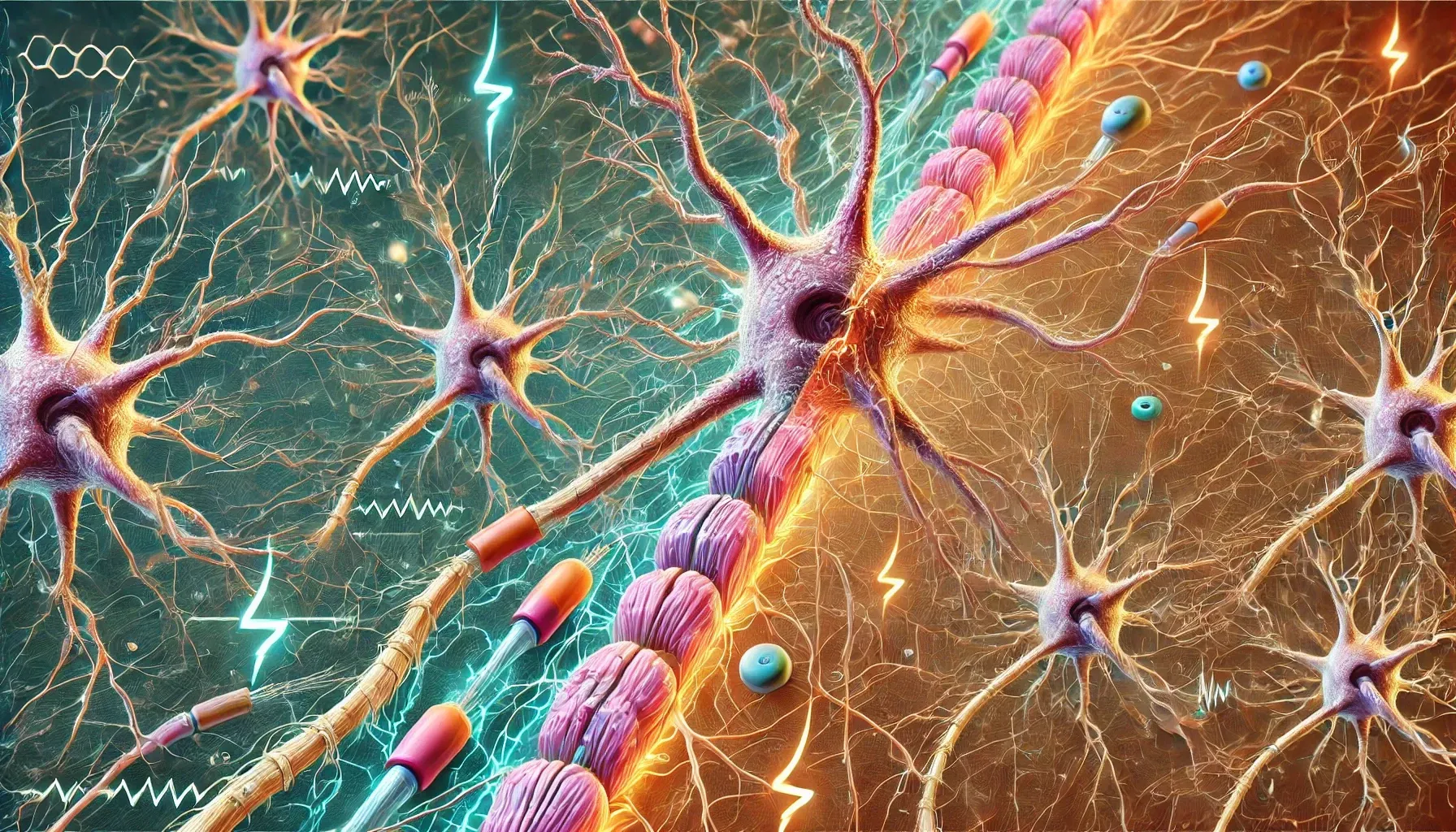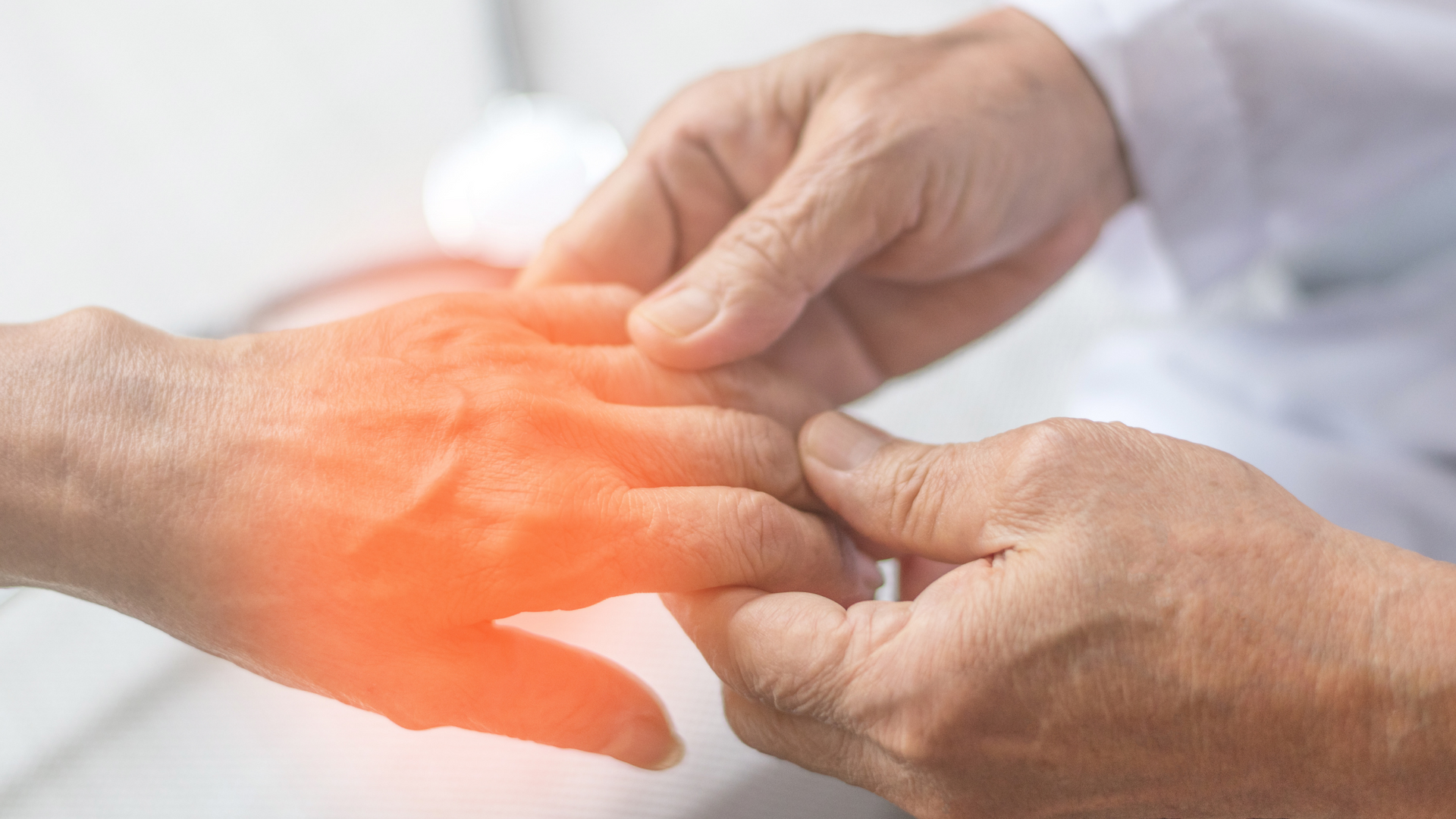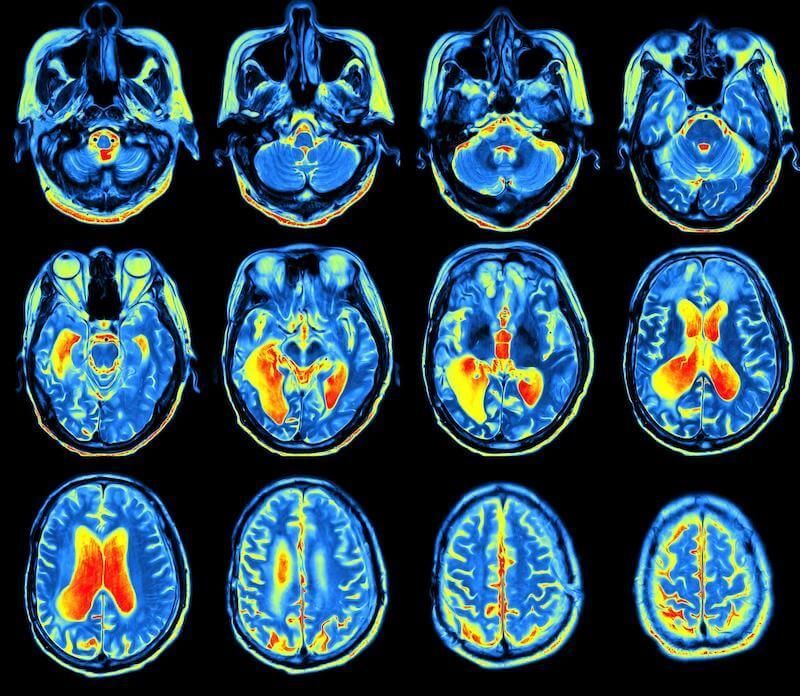Orthopedic Care for Athletes in Fort Worth
Orthopedic Care for Athletes in Fort Worth
In the competitive world of athletics, maintaining optimal health and performance is paramount. Orthopedic specialists, like a Sports Medicine Doctor, play a crucial role in diagnosing and treating injuries that athletes may encounter during training or competition. This article delves into the significance of orthopedic care for athletes in Fort Worth, Texas, highlighting the benefits of specialized treatment and rehabilitation.
The Importance of Orthopedic Expertise
Orthopedics focuses on the prevention, diagnosis, and treatment of musculoskeletal injuries. Athletes are particularly vulnerable to a range of injuries, including fractures, ligament tears, and tendonitis. Understanding these common injuries is essential for appreciating the value of specialized orthopedic care.
Common Athletic Injuries
| Injury Type | Description | Typical Treatment |
|---|---|---|
| ACL Tears | A tear of the anterior cruciate ligament, often resulting from sudden stops or changes in direction. | Rehabilitation, surgery, physical therapy. |
| Fractures | Breaks in bones that can occur due to falls or impacts during sports activities. | Immobilization, surgical intervention, rehabilitation. |
| Tendonitis | Inflammation of tendons, commonly affecting areas such as the shoulder, elbow, or knee. | Rest, ice therapy, physical therapy, anti-inflammatory medications. |
Finding the Right Orthopedic Specialist
Fort Worth boasts a number of highly qualified orthopedic surgeons and non-surgeon sports medicine doctors who specialize in treating sports-related injuries. When selecting a specialist, consider the following factors:
- Experience: Look for a surgeon or sports medicine doctor with a strong background in treating athletic injuries.
- Specialization: Ensure the sports medicine doctor has expertise in the specific type of injury you are facing.
- Patient Feedback: Read reviews and testimonials from previous patients to assess satisfaction and outcomes.
Innovative Treatment Approaches
Advancements in orthopedic care have led to a variety of treatment options tailored to the needs of athletes. From minimally invasive surgical techniques to comprehensive rehabilitation programs, these options are designed to facilitate quicker recovery and enhance performance.
The Role of Rehabilitation
Rehabilitation is a critical component of recovery for athletes following an injury or surgery. A well-structured rehabilitation program can significantly improve recovery times, restore strength, and enhance overall function. Physical therapists collaborate with orthopedic doctors to create personalized rehabilitation plans that cater to the unique needs of each athlete.
In summary, the integration of orthopedic care into the athletic experience is essential for athletes in Fort Worth. By understanding common injuries, selecting the right specialists, and utilizing innovative treatment options, athletes can ensure they receive the best possible care for their health and performance.
Key Considerations for Athletes Seeking Orthopedic Care
When it comes to orthopedic treatment, athletes should be well-informed about their options and the factors that can influence their recovery. Here are some essential points to consider:
Pros and Cons of Orthopedic Treatments
| Pros | Cons |
|---|---|
| Access to specialized care tailored for athletes. | Potential for lengthy recovery periods depending on the injury. |
| Advanced treatment options, including minimally invasive surgeries. | Costs can be high, especially for surgical procedures. |
| Comprehensive rehabilitation programs to enhance recovery. | Not all treatments guarantee a full return to pre-injury performance. |
| Expert guidance on injury prevention strategies. | Possible side effects from medications or treatments. |
Top Points to Know About Orthopedic Care
- Early Intervention is Key: Addressing injuries promptly can prevent further damage and facilitate quicker recovery.
- Personalized Treatment Plans: Each athlete's needs are unique; treatment plans should be tailored accordingly.
- Importance of Follow-Up Care: Regular follow-ups with your orthopedic specialist can help monitor progress and adjust treatment as needed.
- Incorporate Preventive Measures: Engage in strength training and flexibility exercises to reduce the risk of future injuries.
Success Stories: Athletes Who Overcame Injuries
Many athletes have successfully returned to their sport after receiving orthopedic treatment. Here are a few inspiring examples:
| Athlete | Injury | Treatment | Outcome |
|---|---|---|---|
| John Doe | ACL Tear | Reconstruction surgery and rehabilitation | Returned to competitive soccer within 6 months. |
| Jane Smith | Shoulder Dislocation | Physical therapy and strengthening exercises | Successfully resumed swimming at a national level. |
| Mike Johnson | Stress Fracture | Rest and gradual return to activity | Completed a marathon 4 months post-recovery. |
Conclusion: Empowering Athletes Through Orthopedic Care
Orthopedic care is an essential aspect of an athlete's journey, providing the necessary support to recover from injuries and enhance performance. By understanding the importance of specialized treatment, athletes in Fort Worth can make informed decisions about their health and well-being. Whether it's through advanced surgical techniques or comprehensive sports medicine rehabilitation programs, the right orthopedic care can make all the difference in an athlete's recovery and future success.
For athletes facing injuries, seeking the expertise of a qualified orthopedic specialist like Doctor Richard T . Dombroski, is a crucial step toward regaining strength and confidence. Remember, your health is your greatest asset—invest in it wisely!



